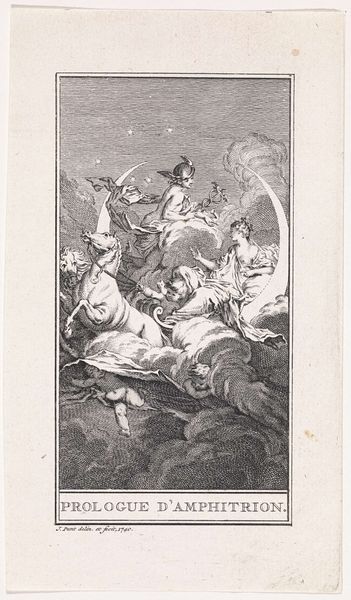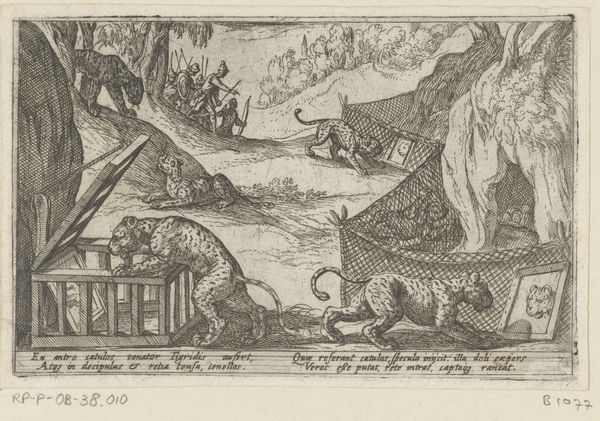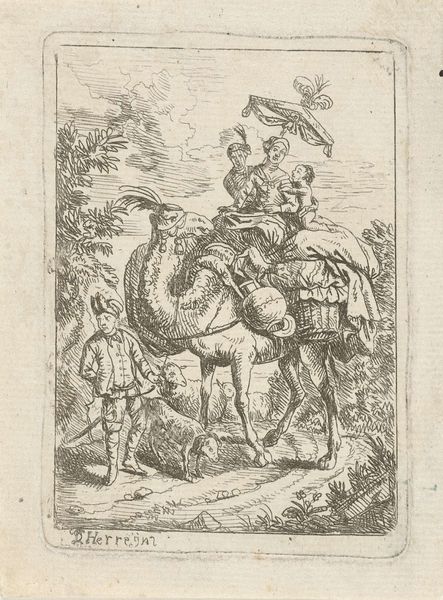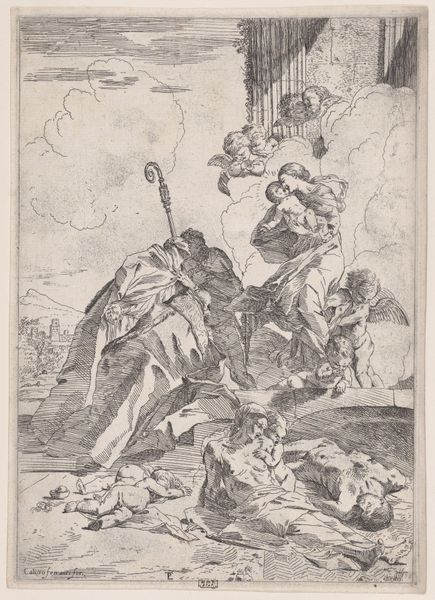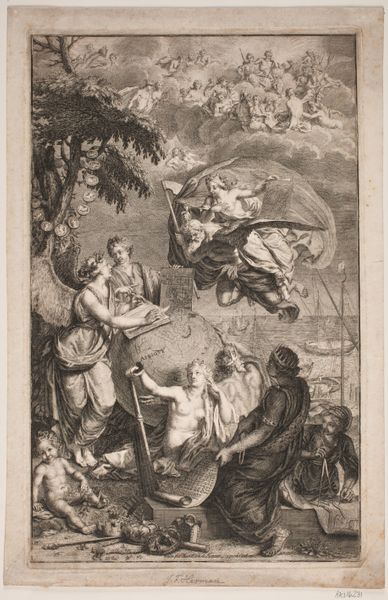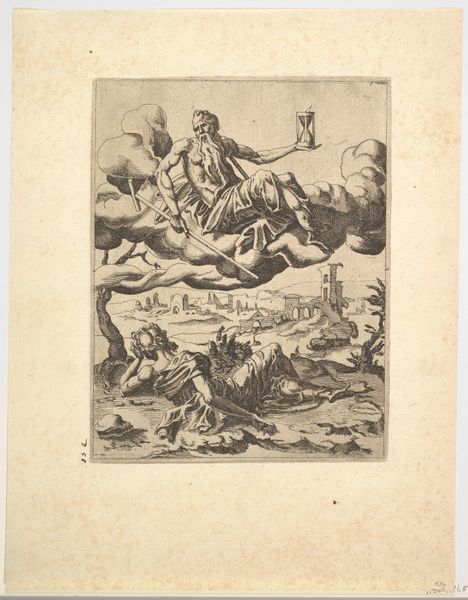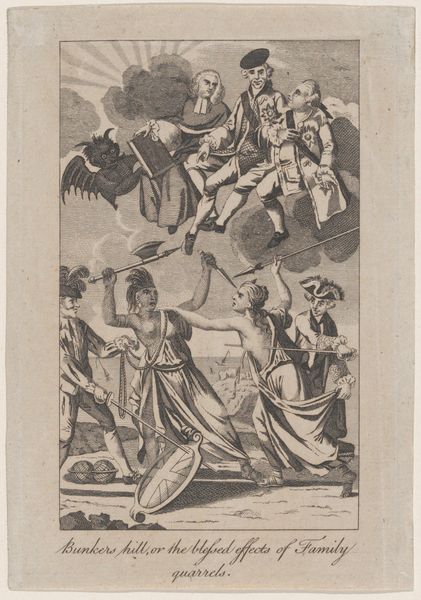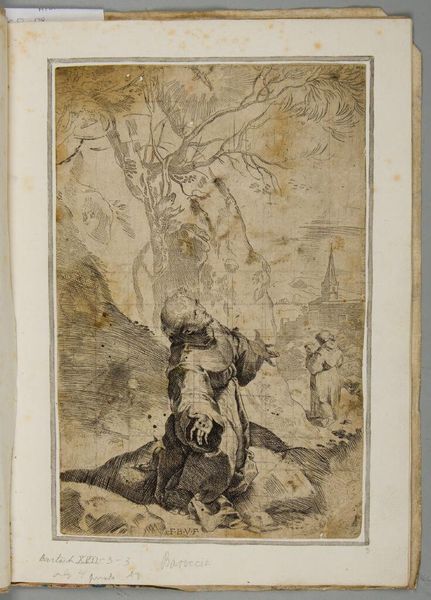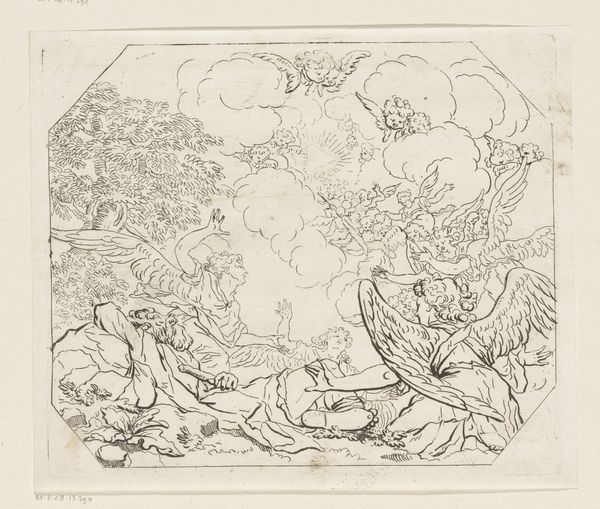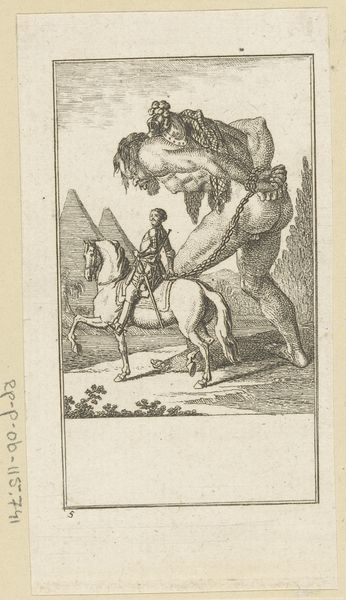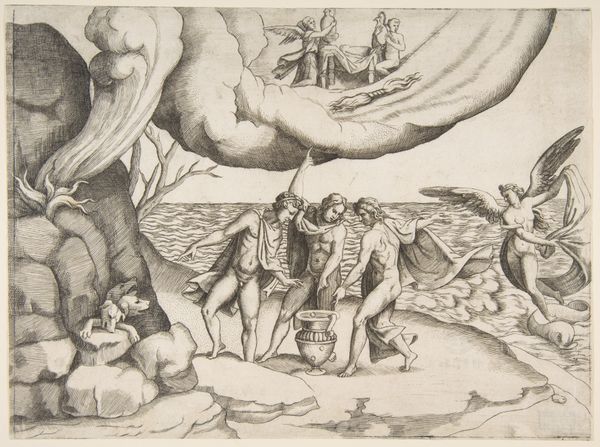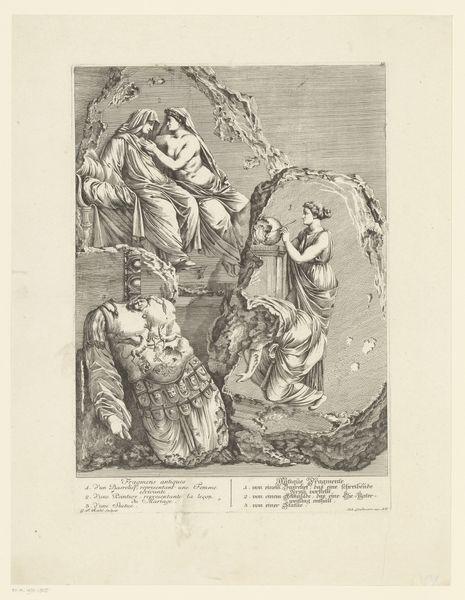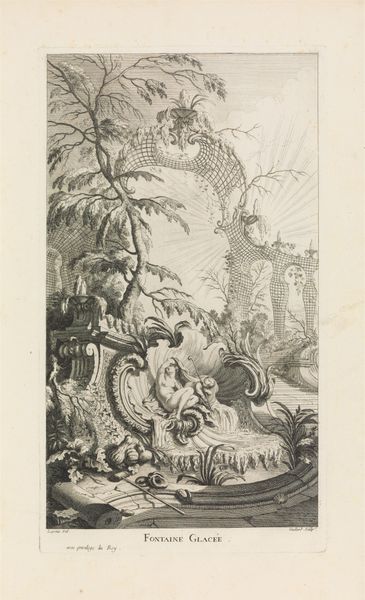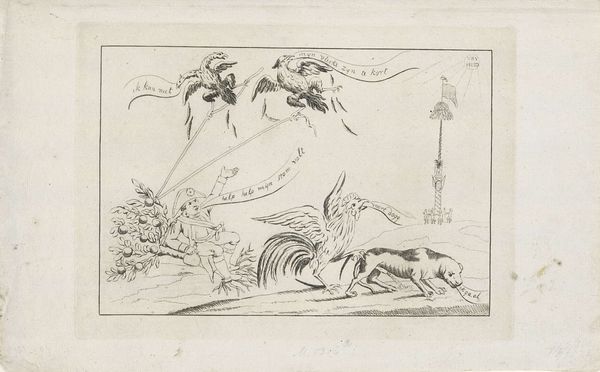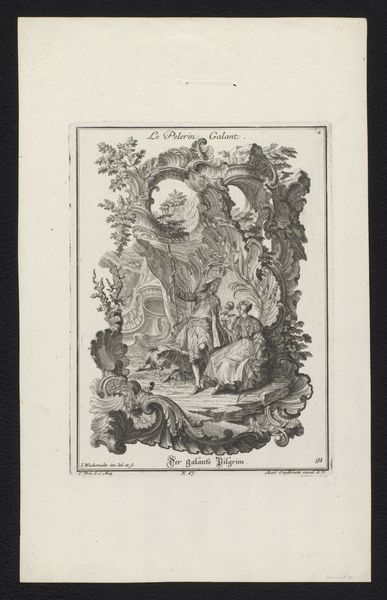
"Repository for Rubbish, vol. I, L.F.C 1828", Illustration for children's book 1828
0:00
0:00
drawing, print, paper, ink, pen
#
drawing
#
ink drawing
#
allegory
#
narrative-art
#
ink painting
# print
#
pen sketch
#
book
#
caricature
#
figuration
#
paper
#
ink
#
romanticism
#
pen
Dimensions: sheet: 9 1/4 x 7 1/8 in. (23.5 x 18.1 cm)
Copyright: Public Domain
Curator: Today we are looking at an illustration for a children's book entitled "Repository for Rubbish, vol. I, L.F.C 1828" created in 1828 by Charles Kirkpatrick Sharpe. Editor: The composition is instantly striking – a densely populated allegorical scene rendered in ink, its visual texture teeming with miniature figures and curious details. It looks as though a fever dream was etched onto paper. Curator: Indeed. Sharpe masterfully employs pen and ink to create dynamic interplay between light and shadow. Notice how he leads your eye up a steep slope towards the central figure, seemingly enthroned on a compilation of scholarly documents. The etching's narrative elements and caricature hint at Romantic sensibilities of the time. Editor: The material reality of this print—the very labor of transferring this intricate design from mind to paper—speaks volumes. I wonder what papers and inks were at his disposal, and where in the production cycle Sharpe’s unique contributions intervened to subvert pedagogical material towards satire. Curator: Such an approach allows us to delve deeper into its layered symbolism and Sharpe's meticulous application of artistic conventions. Do you observe how the figures scaling the side are subtly altered according to scale? Editor: Definitely. Moreover, it is quite striking the artist repurposes traditionally-valued printmaking into something transgressive. Note also how books literally fuel a wagon wheel, pointing to the cultural labor required for literacy—which has its underside. The serpent could reference repressed or subversive forms of language that might be read "wrongly" by impressionable students. Curator: Considering its placement in a children's book, perhaps the illustration served as an allegorical warning about the misuse or overreliance on specific methodologies within early 19th century children's pedagogy. Editor: Yes, it reminds us of how so-called “high” art has its foundations in mundane, and often invisible processes. It challenges traditional art history in fascinating ways by blurring the boundaries of print as didactic device. Curator: Examining this piece closely highlights both Sharpe's grasp of academic illustration and a profound critique of conventional aesthetics. Editor: By scrutinizing the image's means of production we discover fascinating insights concerning class, childhood, and early literacy and power itself.
Comments
No comments
Be the first to comment and join the conversation on the ultimate creative platform.
